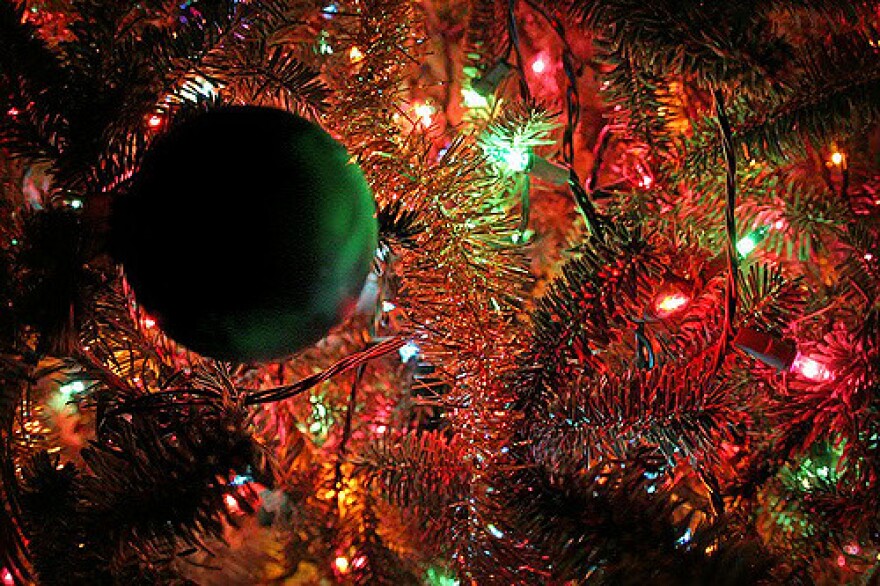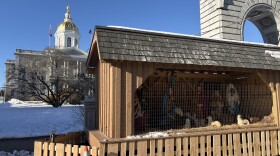O Tannenbaum is a song often heard this time of year, and it signals a deeper arborphilia within our culture.
Modern Yuletide rituals abound with trees. But why is it that each December we festoon our houses with evergreen foliage or close facsimiles? As it turns out, bringing Nature indoors is a common holiday theme especially around the winter solstice - the longest night of the year. During this dark time, we humans have always pined especially for daylight, and the life and color it makes possible. Sorry about the pun, but it was to the pine and other evergreens that many of our forbears turned for inspiration. That green – those unchanging leaves – represent the renewal of life while warding off the dark, evil spirits.

Of course, evergreens are more than pine and spruce, by gosh, by golly, let’s not forget about mistletoe and holly. Ancient tree-worshipers believed that mistletoe possessed magical powers because it grew high in oaks, which are of course bare this time of year. And mistletoe sheds lush green leaves even in midwinter. There are more than 1,400 species of this hearty and versatile shrubbery, which can be found on every continent except Antarctica.
They're modified roots, aka haustoria, tap into the circulation system of host plants to get water and nutrients. If you're thinking mistletoe sounds like a bit of a parasite, you're right. A hemi-parasite to be precise, because it does generate some some energy by photosynthesis, but get most from its host. But being a parasite isn’t necessarily a bad thing…some forest ecologists think that introducing mistletoe into degraded forests might actually help restore the health of the overall ecosystem.
And we like our trees healthy. Until we cut them down and put them in our living room. Bringing those evergreens inside is a long-standing tradition, dating back to pre-Christian Pagan and Roman practices, who decorated with boughs from the trees. But the tree is a more recent tradition. Legend has it that none other than protestant reformer Martin Luther invented the thing we recognize as the Christmas Tree.

The story goes that Luther was walking home one winter evening on one of those clear, crisp nights. There was probably a little snow on the ground as he walked through the trees composing his next sermon in his head. Casting his gaze around looking for the right words, he saw the stars twinkling in the atmosphere through the canopy of the trees around him. He wanted to reproduce that image, so when he got home he put up a tree in the main room and decorated its branches with lighted candles to represent the stars. And a tradition was born!
But it was a while before Americans really picked up on this tradition. Some historians argue that New Hampshire’s own Franklin Pierce sparked our national love affair with the Christmas tree by placing one in the White House in the 1850s. Today more than 350,000 acres are dedicated to growing Christmas trees in this country. In New Hampshire alone there are more than 200 Christmas Tree farmers.
So if you’re decking your halls with holly or a sprig of mistletoe, a tree or a yule log, you’re honoring a long legacy of bringing Nature indoors to celebrate the holiday season. Much pleasure thou canst give us.
O Tannenbaum is arranged and composed by Dan Lerch.









